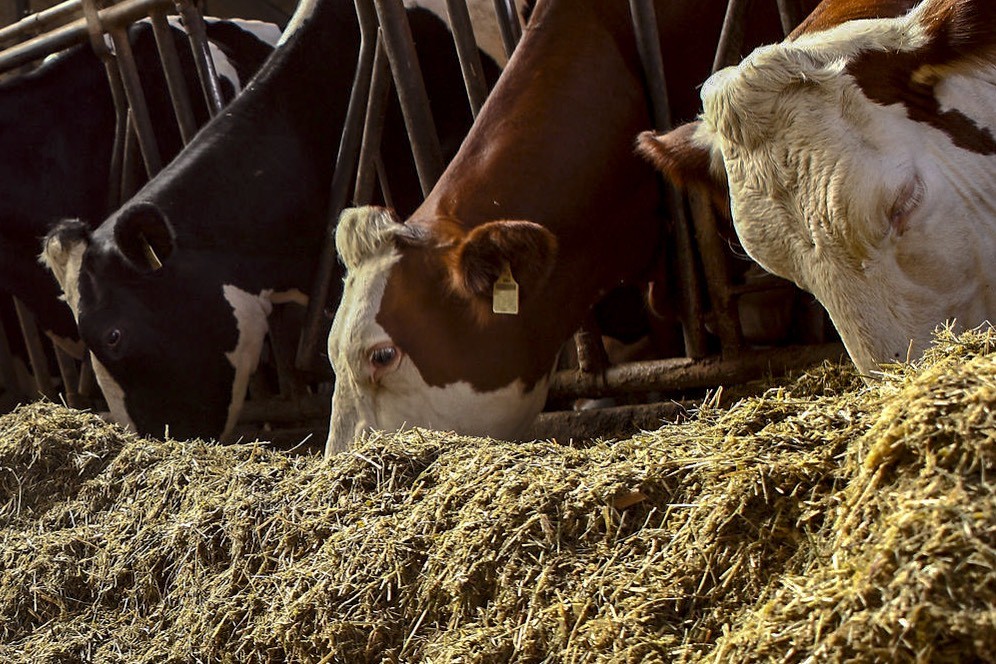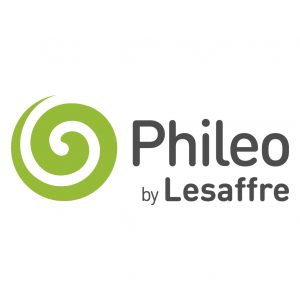Supporting cows fed zearalenone-contaminated diets

Zearalenone (ZEA) is a nonsteroidal estrogenic mycotoxin biosynthesized by a variety of Fusarium fungi, which are common in the soil in temperate and warm countries and are regular contaminants of cereal crops worldwide.
Zearalenone and its metabolites, α-zearalenol (α-ZEL) and β-zearalenol (β-ZEL), are estrogenic substances and potential endocrine disruptors at the level of nuclear receptor signalling, altering hormone production (Figure 1). Feeds contaminated with ZEA can have strikingly negative effects on reproduction due to ZEA’s estrogenic effect.
Figure 1 – Chemical structure of ZEA and its metabolites α-ZEL and β-ZEL (from the left to the right)

Protecting dairy cows against ZEA toxicity
A study was carried out to test the efficacy of Safwall, a yeast cell wall from primary yeast culture, in binding mycotoxins. Efficacy was evaluated by measuring levels of ZEA and its metabolites to determine the potential protective effect of the product against ZEA toxicity.
In the study, 24 Holstein dairy cows were split into 4 groups of 6 cows each, and a different treatment was allocated to each group as follow:
- Control group: basal diet – 6 animals
- ZEA group: diet naturally contaminated with ZEA at 1 mg/kg- 6 animals
- ZEA + Safwall (10 g): diet naturally contaminated with ZEA, plus the mycotoxin binder product (10 g/cow/day) – 6 animals
- ZEA + Safwall (20 g): diet naturally contaminated with ZEA, plus the mycotoxin binder product (20 g/cow/day) – 6 animals
Blood serum and urine samples analysed
Blood serum and urine were collected after 10 days of treatment, and analysed for ZEA and its metabolites, α-ZEL and β-ZEL. Samples were analysed by liquid chromatography, data were transformed to a logarithmic base to obtain a normal distribution, and one-way ANOVA analysis was conducted utilising Statgraphics 5.1 plus.
The levels of ZEA, α-ZEL and β-ZEL in blood serum and urine, measured after 10 days of exposure to ZEA were significantly decreased in the groups which had received the product compared to the ZEA group (see Figure 2). Addition of the binder product reduced levels of the mycotoxin and its metabolites.
Figure 2 – Amounts of ZEA, α-ZEL and β-ZEL in blood serum (a) and urine (b).

Exposure to mycotoxin reduced
This study demonstrates the ability of the product to reduce urinary and blood concentrations of zearalenone and its metabolites in dairy cows fed a diet contaminated with the mycotoxin. Safwall effectively reduces animal exposure to the mycotoxin by reducing its bioavailability.
References available on request











